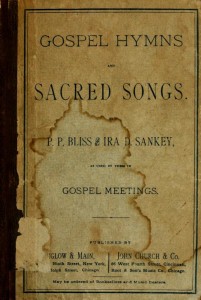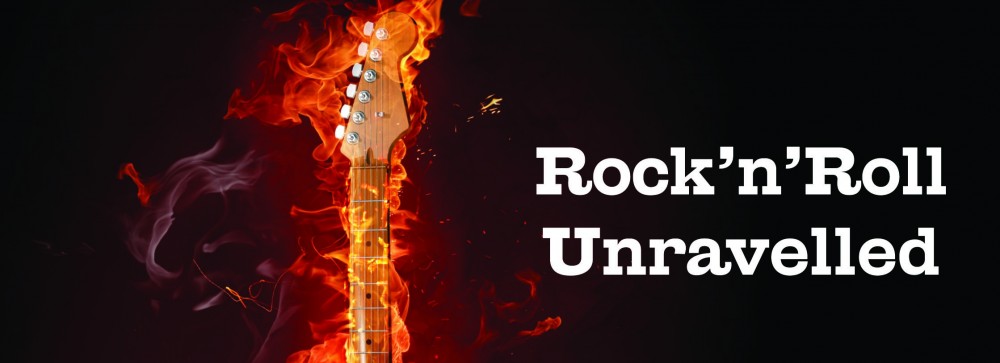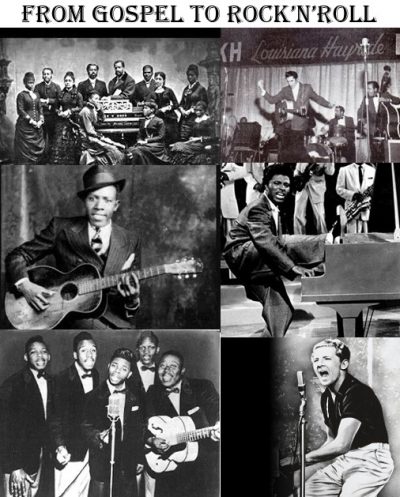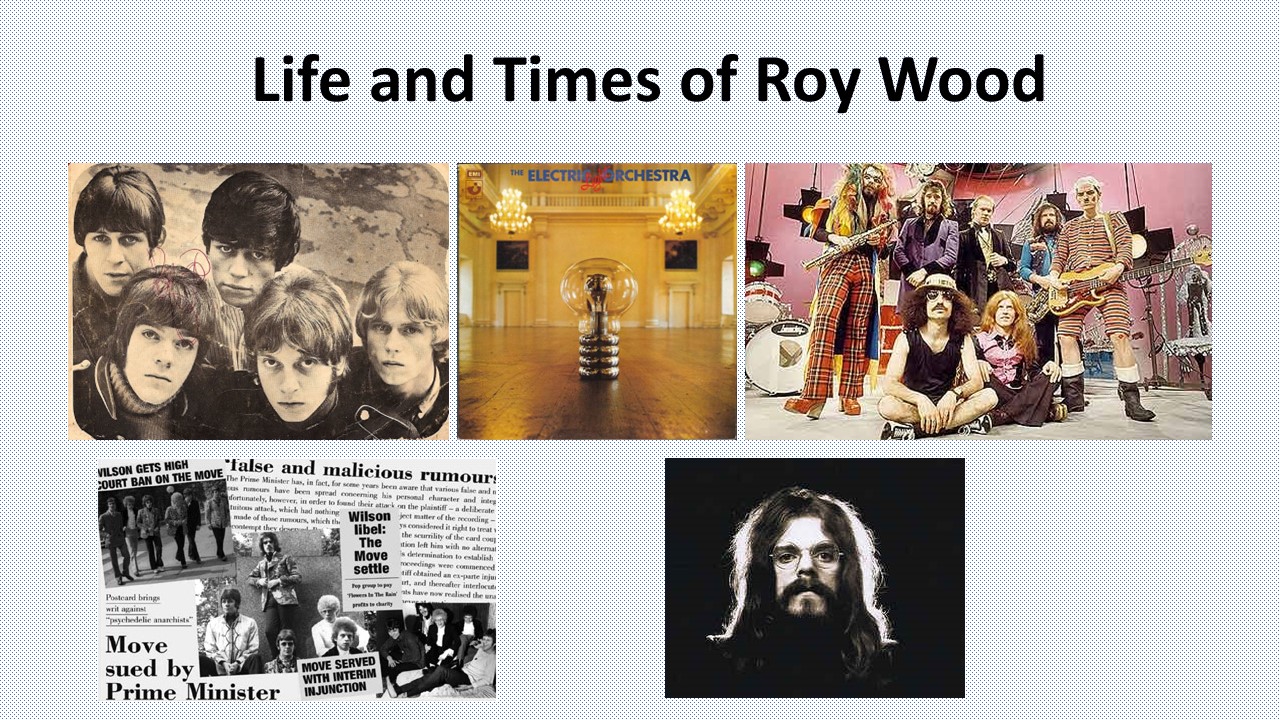FROM GOSPEL TO ROCKNROLL
From Gospel to RocknRoll: the story of how rock’n’roll developed from blues and R&B, which had their roots in gospel music.
ORIGINS
Rock’n’Roll came together in the mid-1950s from its roots in gospel, blues, jazz, R&B, country, bluegrass and rockabilly. It was a fusion of the different music genres listened to by black American and white American audiences. This fusion went far deeper than just the music. Following the emancipation of the slaves, after the Civil War in the mid-19th century, the country was segregated to discourage interaction between black and white Americans. The social philosophy following the Civil War was that of the so-called Jim Crow laws which advocated a “separate but equal” segregation of white and black Americans.
This segregation even existed in the music industry, black audiences listened to gospel, blues, ragtime, jazz and R&B, whilst their white counterparts enjoyed the sounds of country and western, hillbilly, bluegrass and rockabilly. The two cultures finally came together after white American DJs, such as Alan Freed, started to play records from black R&B artists to white teenage audiences. Alan Freed called these R&B songs “rock’n’roll”. He started his radio show Moondog Rock’n’Roll House Party on 11 July 1951 and by the mid-1950s people like Bill Haley, Little Richard and Elvis Presley had picked up the mantle and rock’n’roll was born.
Of all the music genres that came together to create rock’n’roll, gospel was by far the most significant. The music came to America with the slaves when they arrived to work in the cotton fields of the southern states. Plantation owners were reluctant to allow their slaves to play African instruments or to sing songs from their homeland. This was when the churches became sanctuaries for the slaves, for it was there that they were safe to sing their own songs. Much of the musical heritage that had been brought over from Africa was lost but the slaves developed new songs based on Christian topics but incorporating African vocal and rhythmic influences. One of the main differences between African and European music was that there was no African secular music. The Church was a safe haven for the slaves and it was there that Gospel music was born.
FIRST USE OF “GOSPEL” TERM
The first use of the term “Gospel” music as we know it today is generally accredited to the book Gospel Hymns and Sacred Songs by PP Bliss and Ira D Sankey, published in 1874.

After the end of the American Civil War in 1865 the slaves were freed and gospel music began its journey towards rock’n’roll. After the War the former slaves had access to western instruments such as the guitar and piano, using them to great effect in the development of gospel music. By the end of the 19th century white audiences were starting to experience the music through Minstrel Shows and vaudeville. In the early 20th century sheet music and the advent of the record player, in the 1920s, provided the springboards for opening up gospel music to white audiences.
After the Civil War the former slaves moved from the plantations in the south and headed for the cities, grouping together in places like St Louis, Chicago and Memphis. The changing circumstances of these African Americans, as they moved from rural to urbanised lifestyles, resulted in an increased sophistication of gospel music. The music also took on a new secular flavour with the birth of blues. This development and diversification continued and by the end of the 19th century the syncopated rhythms of ragtime and the improvisational nature of jazz had arrived. By the mid-1940s blues had extended stylistically and commercially to become the very danceable music of R&B; this also included the close harmony groups often referred to as “doo wop”.
In just under 100 years the music of those slaves singing in their plantation churches was about to become the phenomenon of rock’n’roll and herald the first generation of “teenagers”.
It was not just rock’n’roll music that owed its beginnings to gospel, many of its stars also had their roots in the church, whereas others renounced rock’n’roll for religion after an epiphany.
ROCKNROLL STARS AND GOSPEL
From Gospel to RocknRoll
At the age of 15 Jerry Lee Lewis enrolled at the Southwestern Bible Institute in Waxahachie, Texas. He did not complete his studies but was expelled for reputedly playing hymns to a boogie-woogie rhythm. Religion ran in his family, one of Lewis’s cousins was the TV evangelist Jimmy Swaggart.
The “King of Rock’n’Roll”, Elvis Presley had a religious upbringing and regularly attended the First Assembly of God Church in East Tupelo. It was at this evangelical Pentecostal church that he developed his love for gospel music. His regular vocal backing group the Jordanaires formed as a gospel group in 1948. Elvis regularly included gospel songs in his repertoire and released whole albums of religious music.
Sam Cooke was an example of the very religious nature of gospel audiences. His singing career started with his family’s gospel group the Singing Children, before joining the Highway QCs gospel group. In early 1951 he famously replaced Robert “RH” Harris as lead singer with the Soul Stirrers. In 1957 Cooke recorded his first secular song, Forever c/w Lovable, but the single was released under the name of Dale Cook so as not to offend his gospel fans.
Little Richard
One of rock’n’roll’s brightest stars, Little Richard grew up in a Seventh-day Adventist family. His grandfather and uncle were preachers and he started out singing in gospel groups. After achieving considerable success as a rock’n’roll singer he embarked on a tour of Australia. It was there that he had an epiphany (accounts vary as to its nature) and renounced rock’n’roll. In 1958 Little Richard entered Oakwood theological college in Huntsville, Alabama to become a Seventh-day Adventist preacher.
Another rock star to renounce rock’n’roll for a life in the church was Fleetwood Mac’s guitarist Jeremy Spencer. During the stop-over in Los Angeles on Fleetwood Mac’s 1971 American tour, Spencer left the band’s hotel to visit a bookshop on Hollywood Boulevard. A member of the evangelic, Pentecostal Church of God encountered Spencer and this chance meeting led to a new spiritual direction. He never returned to the band.
Not all rock stars turn to Christianity after an epiphany. In 1976 singer-songwriter Cat Stevens had a near-death experience when he almost drowned, whilst swimming off the Californian coast at Malibu. He found himself in difficulties and called out to God for help. The tide turned and he swam back to shore with ease. After this experience he converted to Islam and turned his back on the music industry.
Marvin Gaye
Countless other successful popular music stars started out as gospel singers: Clyde McPhatter, son of a Baptist minister and member of the Mount Lebanon Singers, went on to form the Drifters; Marvin Gaye was also the son of a church minister and cut his teeth in gospel groups; Jackie Wilson was a member of the Ever Ready Gospel Singers but that was not so much about religious inclination but more because he enjoyed singing the music.
The religious gospel music that was developed by those American slaves in their 19th century cotton field churches was the first step on the road to rock’n’roll. Without gospel there would have been no blues, without blues there was no R&B, without R&B – no rock’n’roll.



ok.